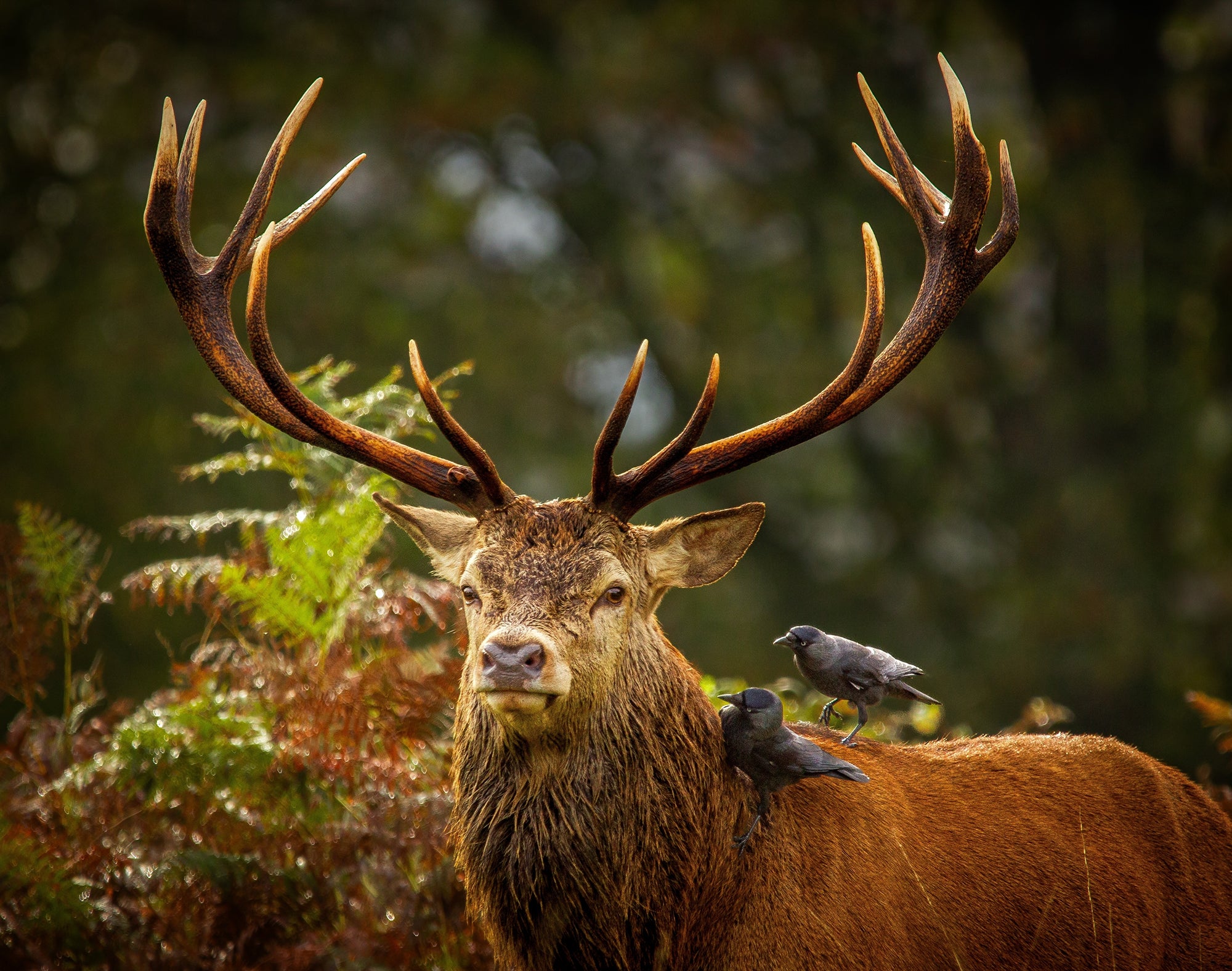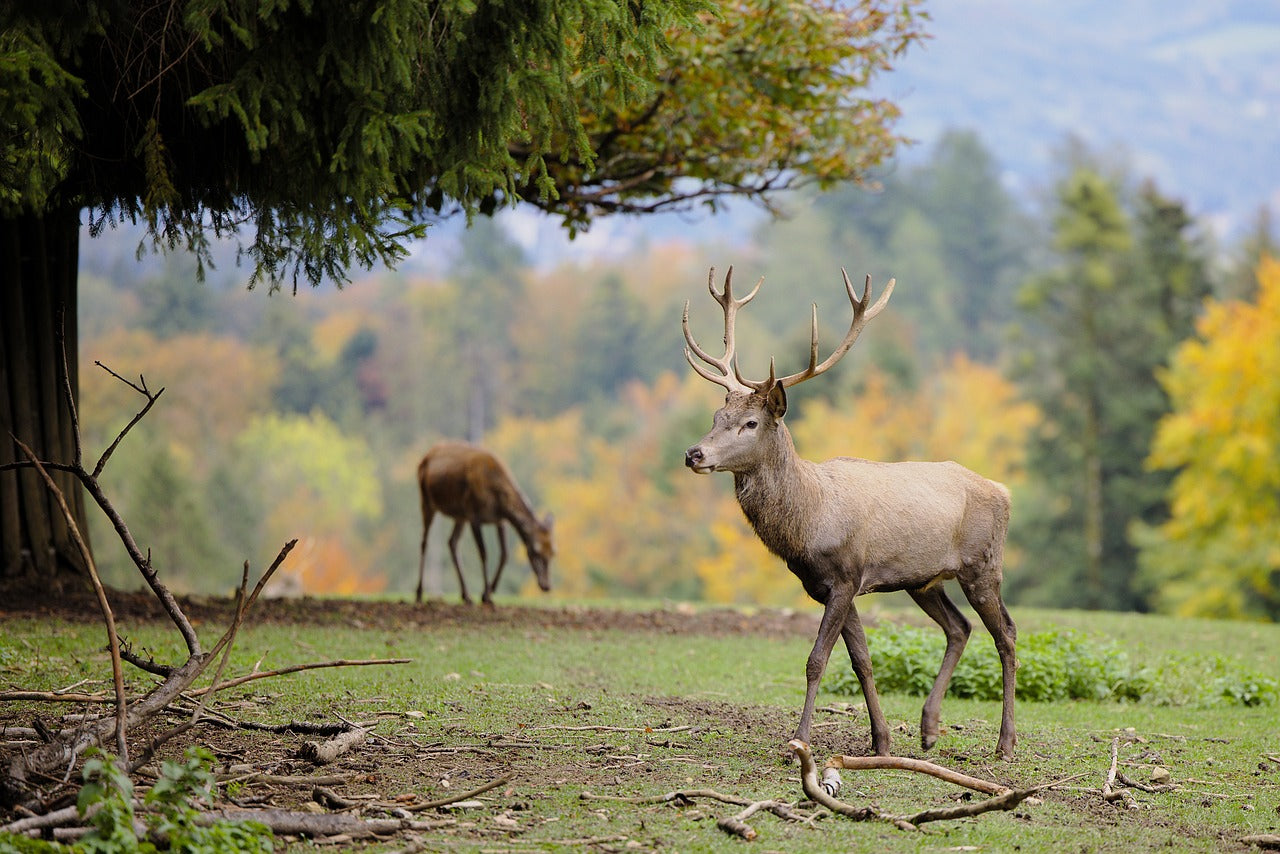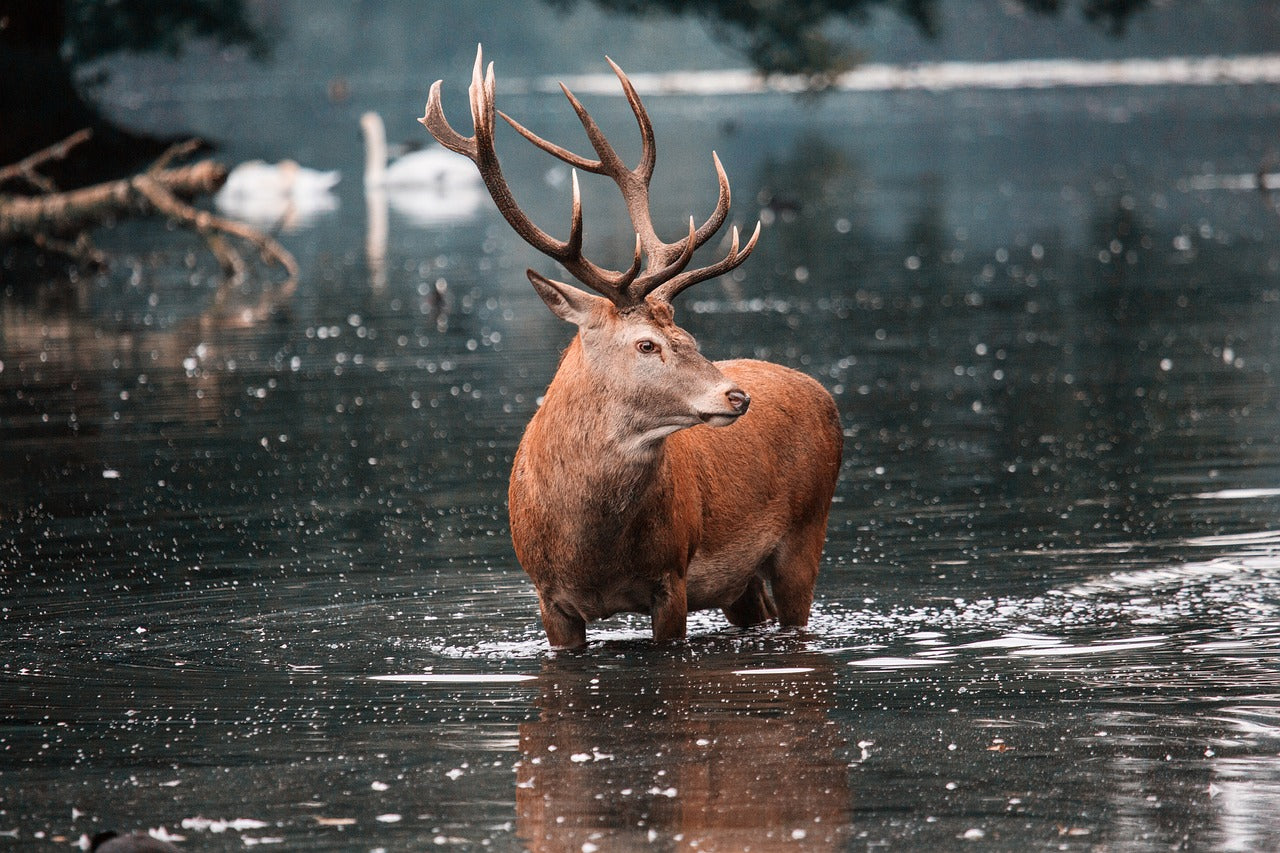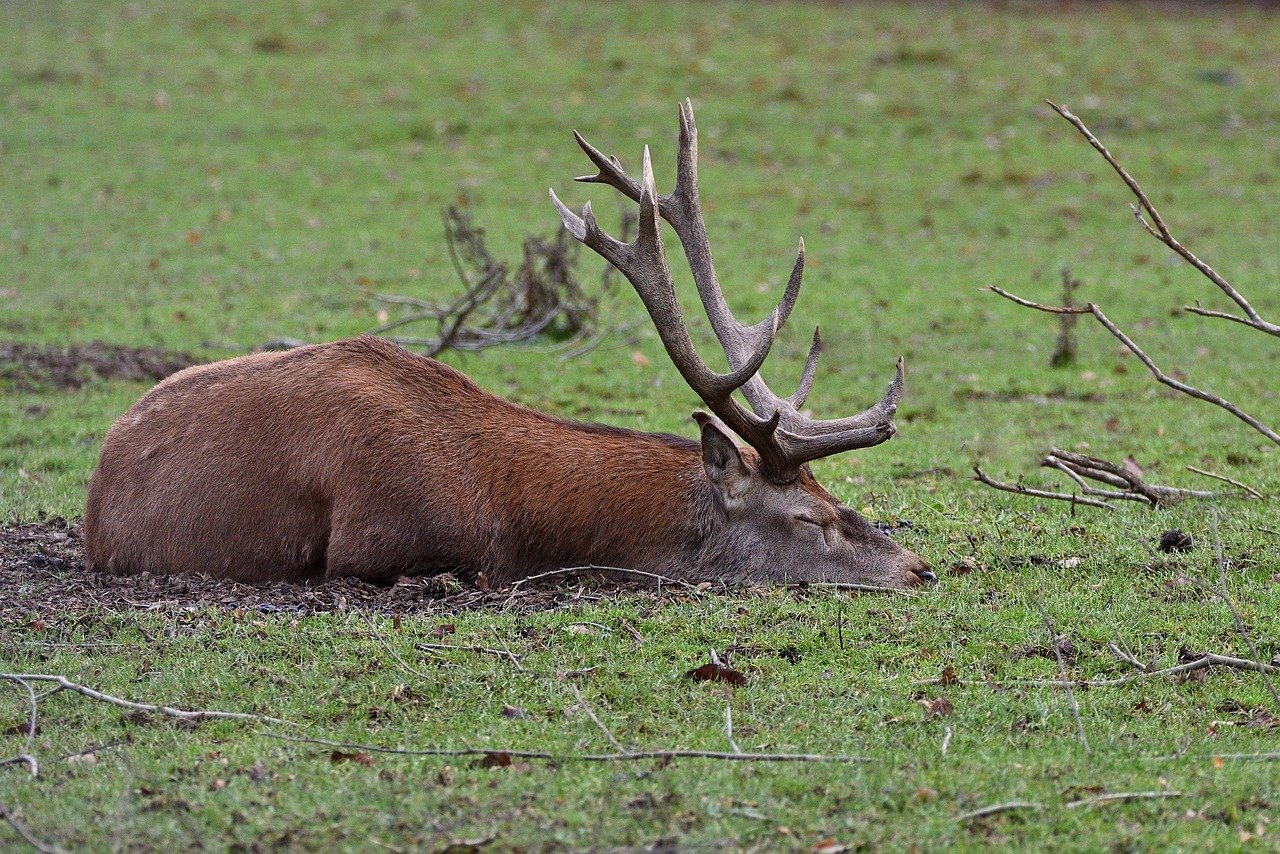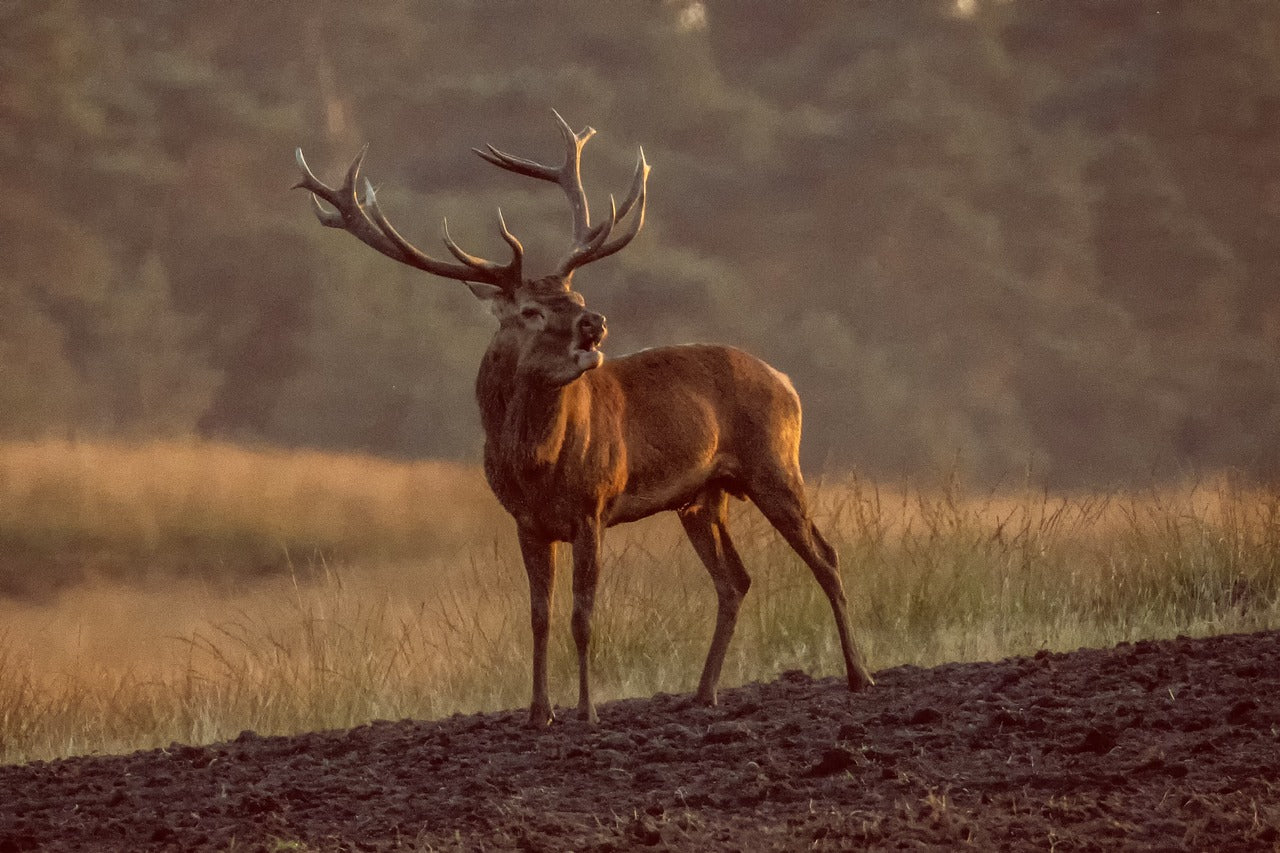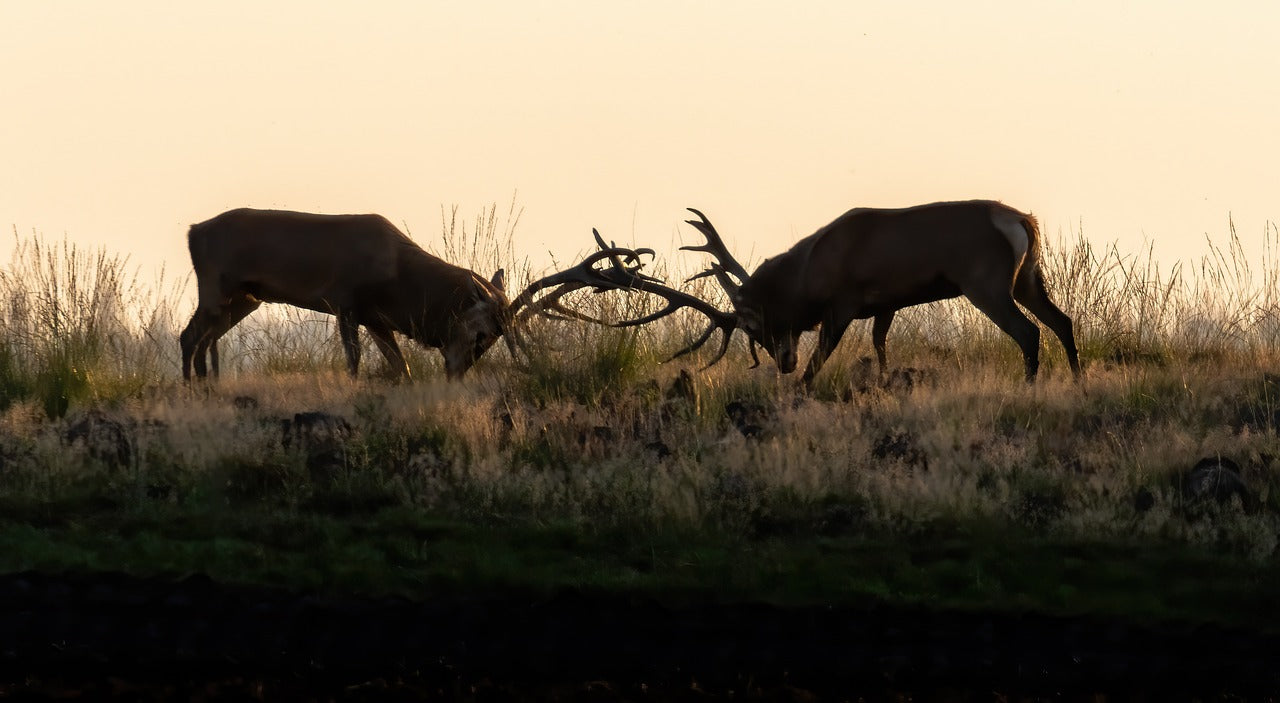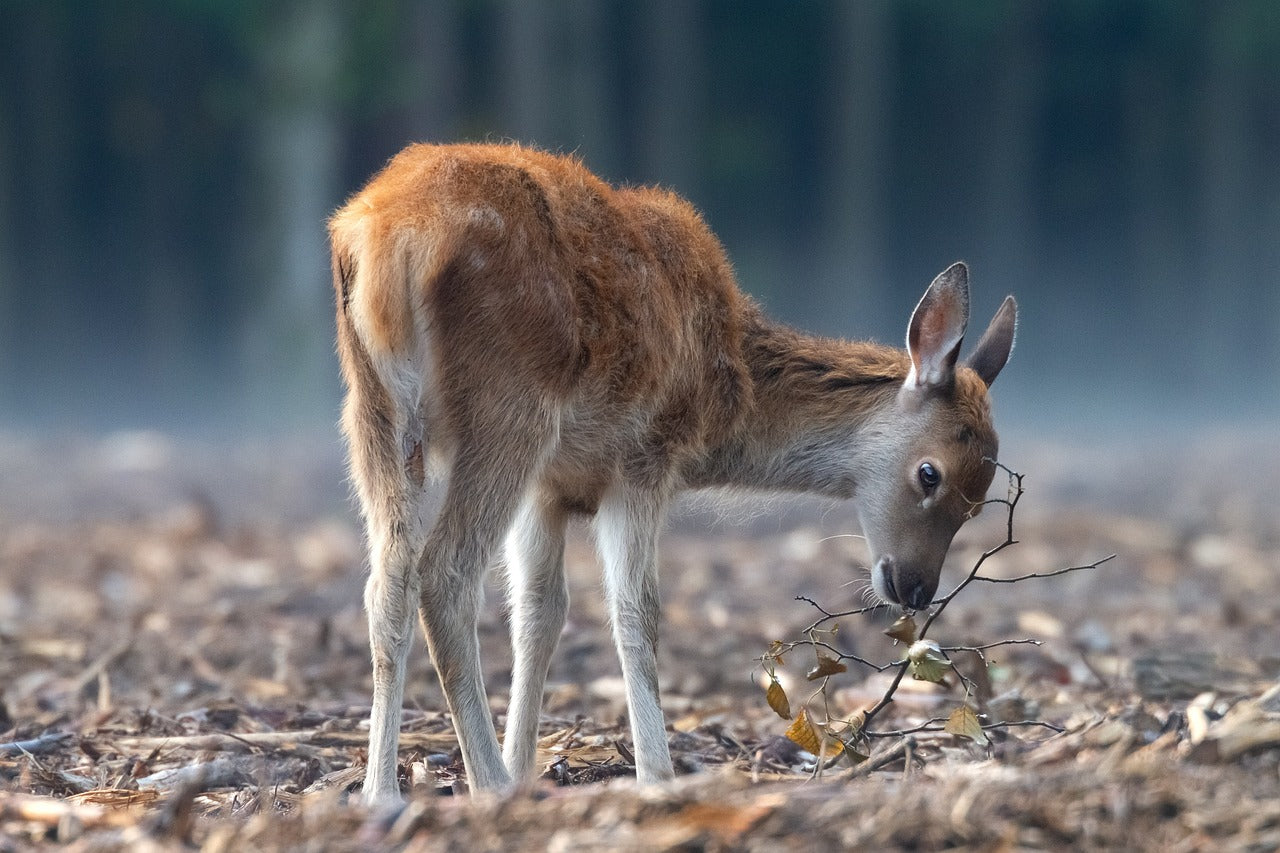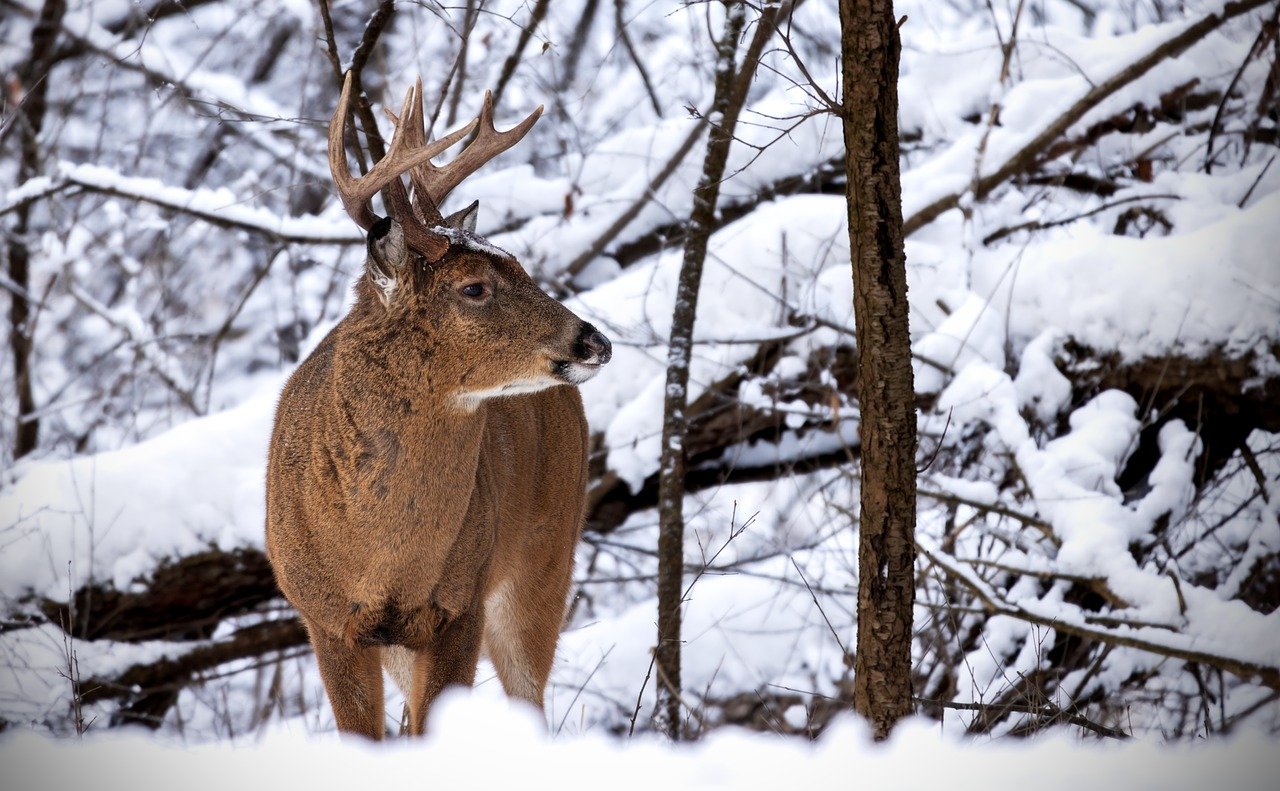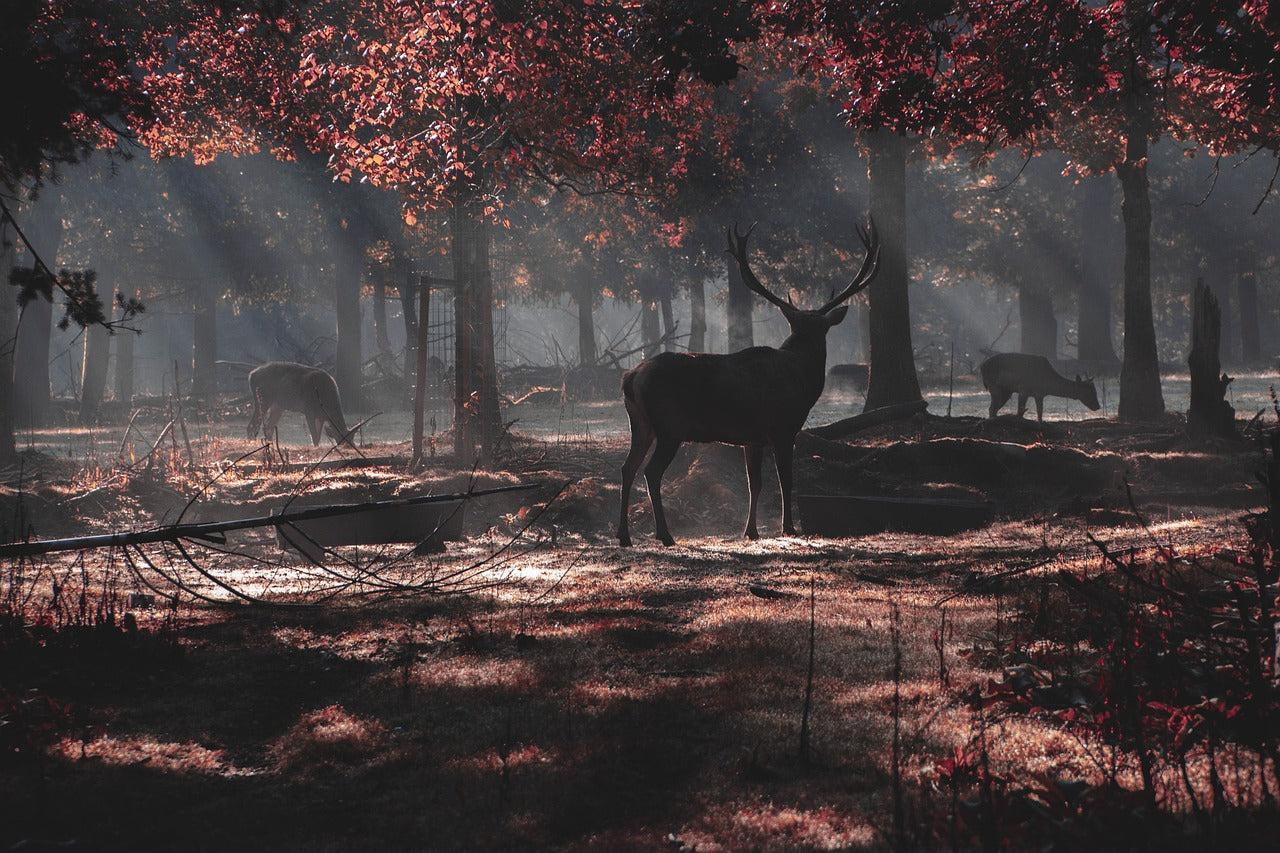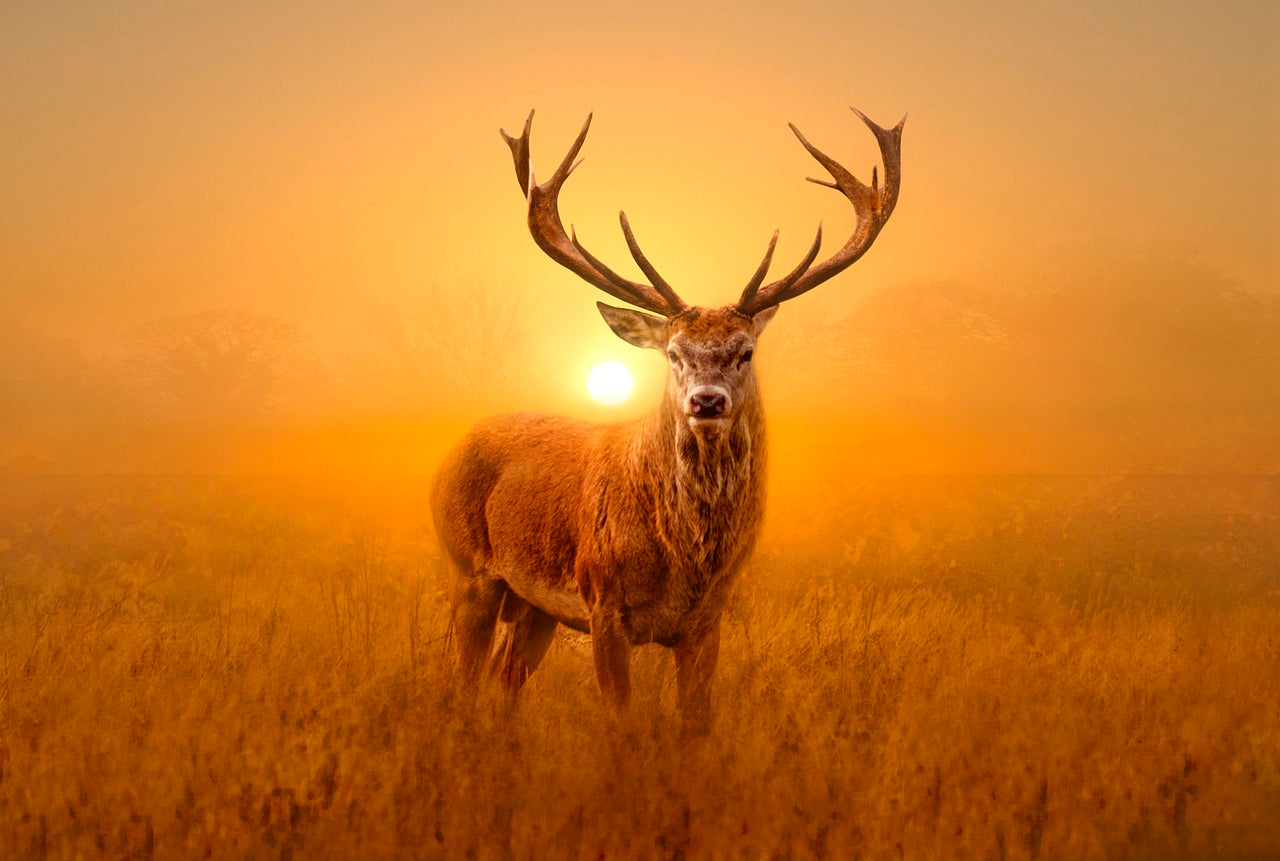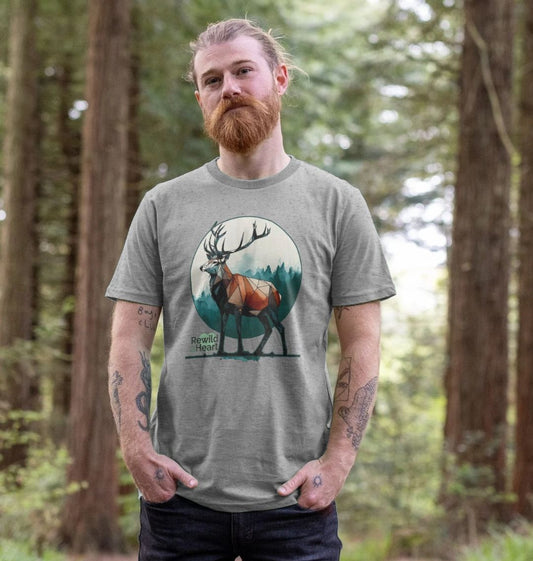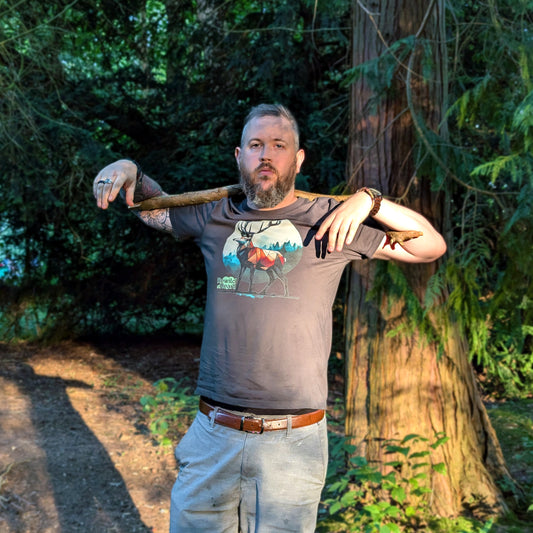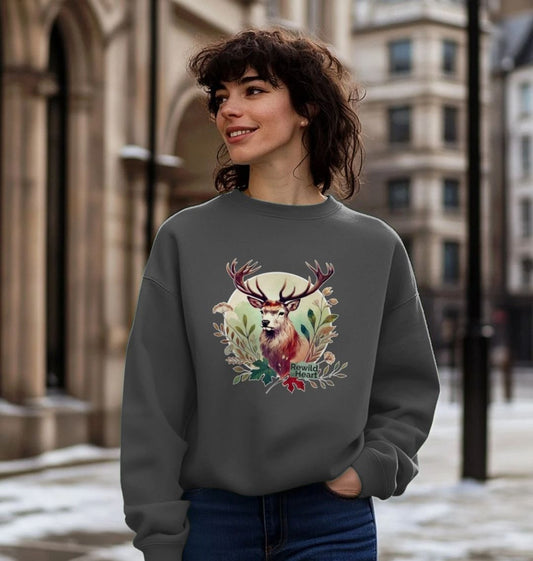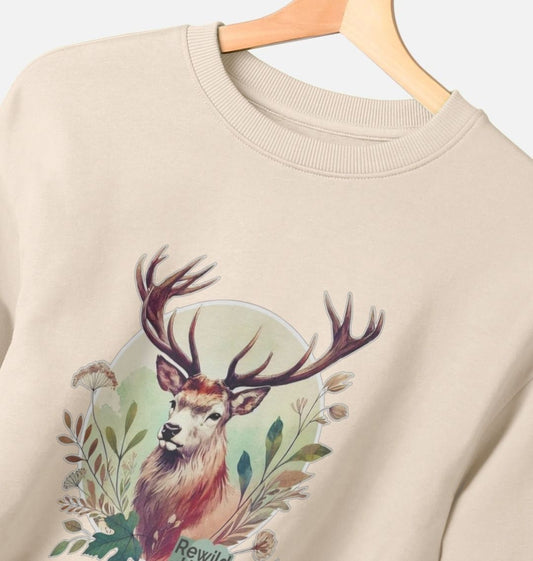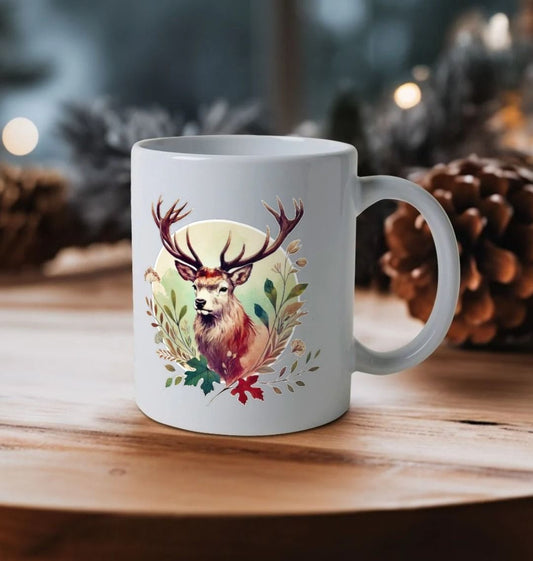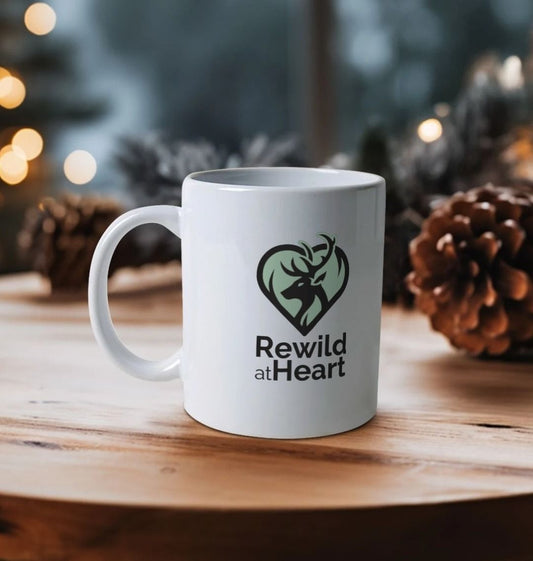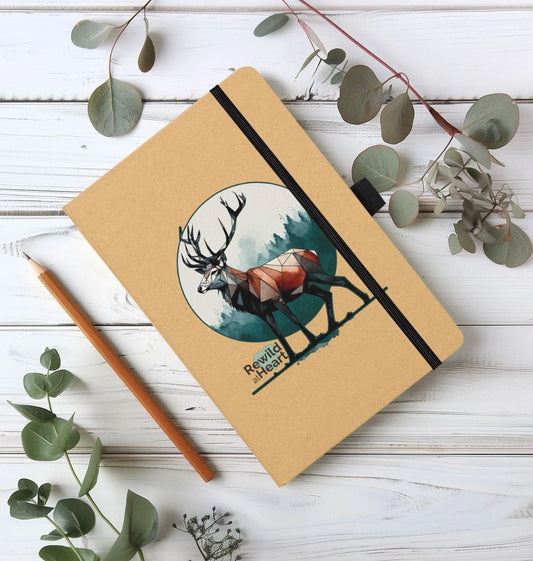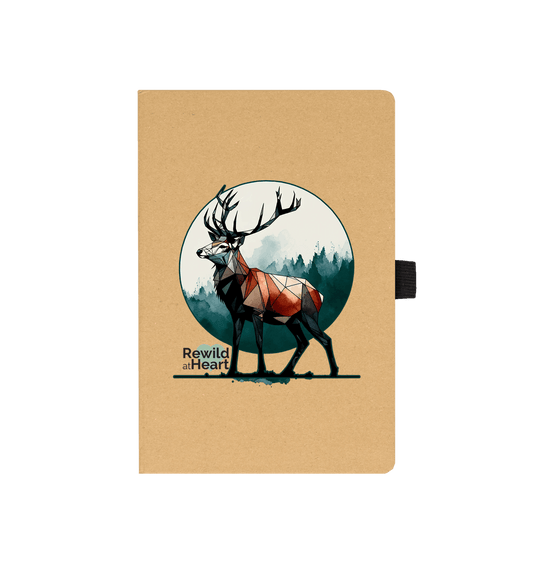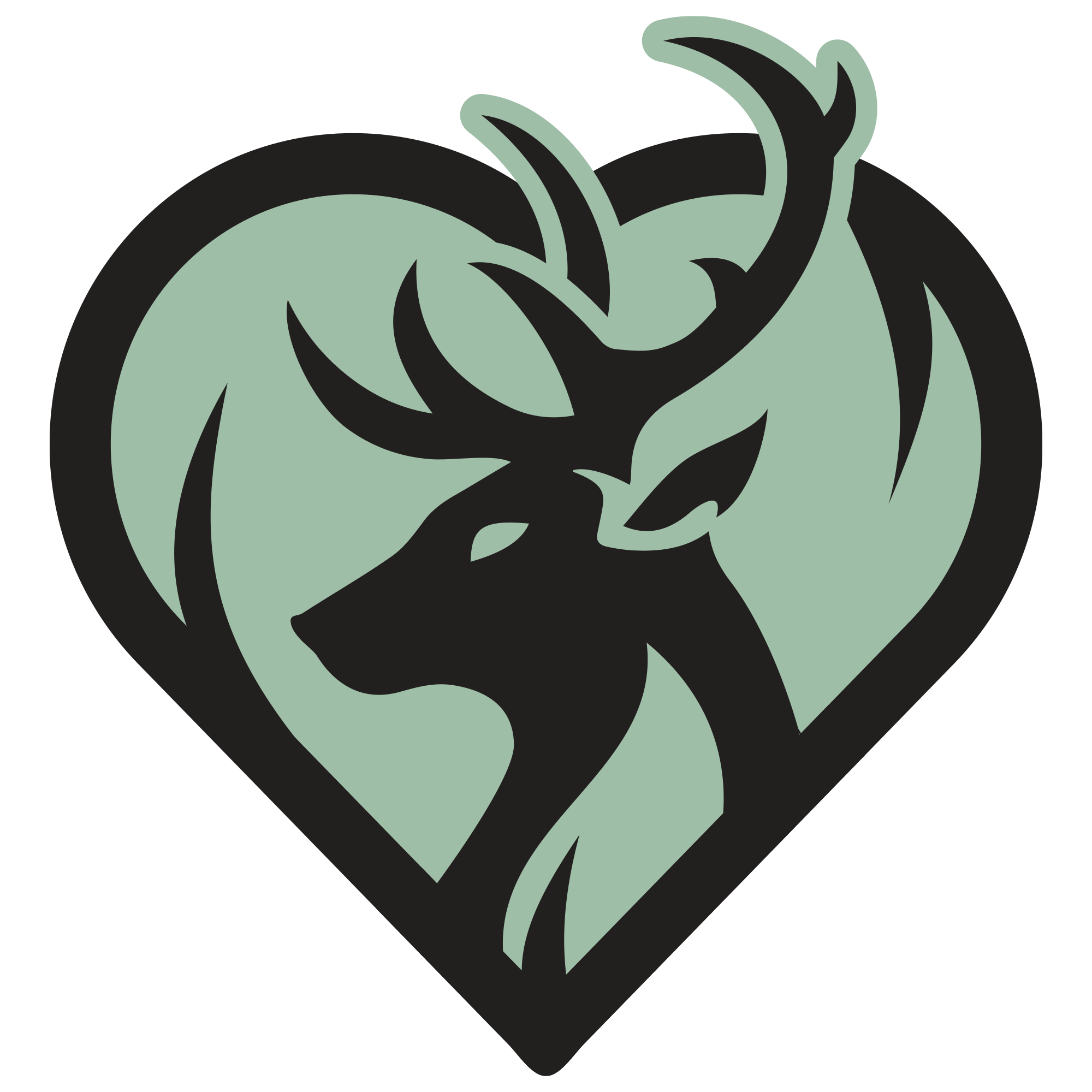Red Deer
Iconic and a symbol of nobility, red deer are vital to maintaining diverse and balanced ecosystems.
Full Name: Red Deer
Latin Name: Cervus elaphus
Classification: Mammal
Adult Weight: Males approx 160 to 240kg, hinds 80 to 120kg.
Adult Length: Between 1.6 to 2.6 metres, head to tail.
Lifespan: 10 to 15 years in the wild, up to 20 in captivity.
Preferred Habitat: Varies, from dense woodlands to open moorlands and grasslands.
Status: Species of Least Concern. This status reflects their wide distribution across Europe, Asia, and parts of North Africa, along with stable or increasing populations in many areas.

